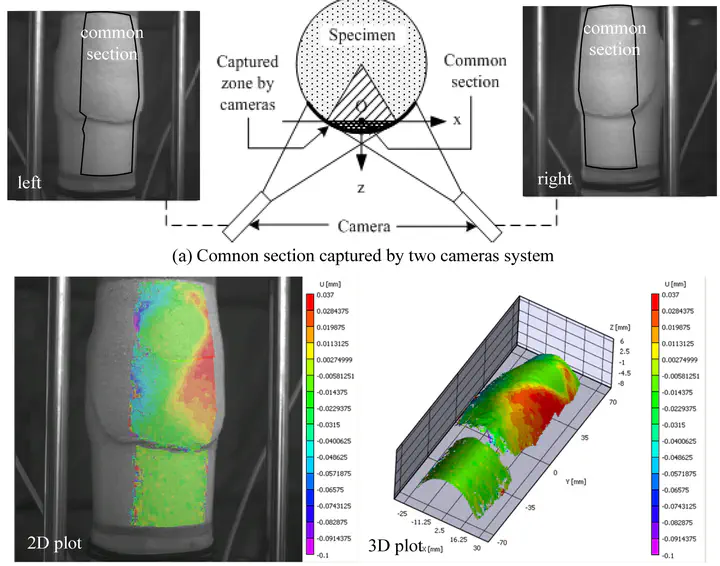Global and Local Deformation Effects of Dry Vacuum-Consolidated Triaxial Compression Tests on Sand Specimens: Making a Database Available for the Calibration and Development of Forward Models

Abstract
A comprehensive experimental database containing results of a series of dry vacuum-consolidated triaxial compression tests was populated. The tests were performed on sand specimens and conducted under similar experimental conditions, in which specimens’ boundary deformation was captured using a three-dimensional digital image correlation analysis (3D-DIC). The use of a standard triaxial device along with the 3D-DIC technology allowed the specimens’ global and local boundary displacement fields to be computed from start to end of the compression phase. By repeating each test under the same experimental conditions and building the specimens using the same type of sand, the boundary deformation patterns could be identified, and the statistics associated with both global and local displacement fields could be assessed. Making this experimental database available to others should serve to calibrate as well as develop new forward models to account for effects associated with the specimens’ local displacements and material heterogeneity and include statistics to represent a specimen’s random response. Moreover, this work will serve as a basis for the statistical characterization of spatio-temporal boundary localization effects used to develop stochastic models and machine-learning models, and simulate virtual triaxial tests.